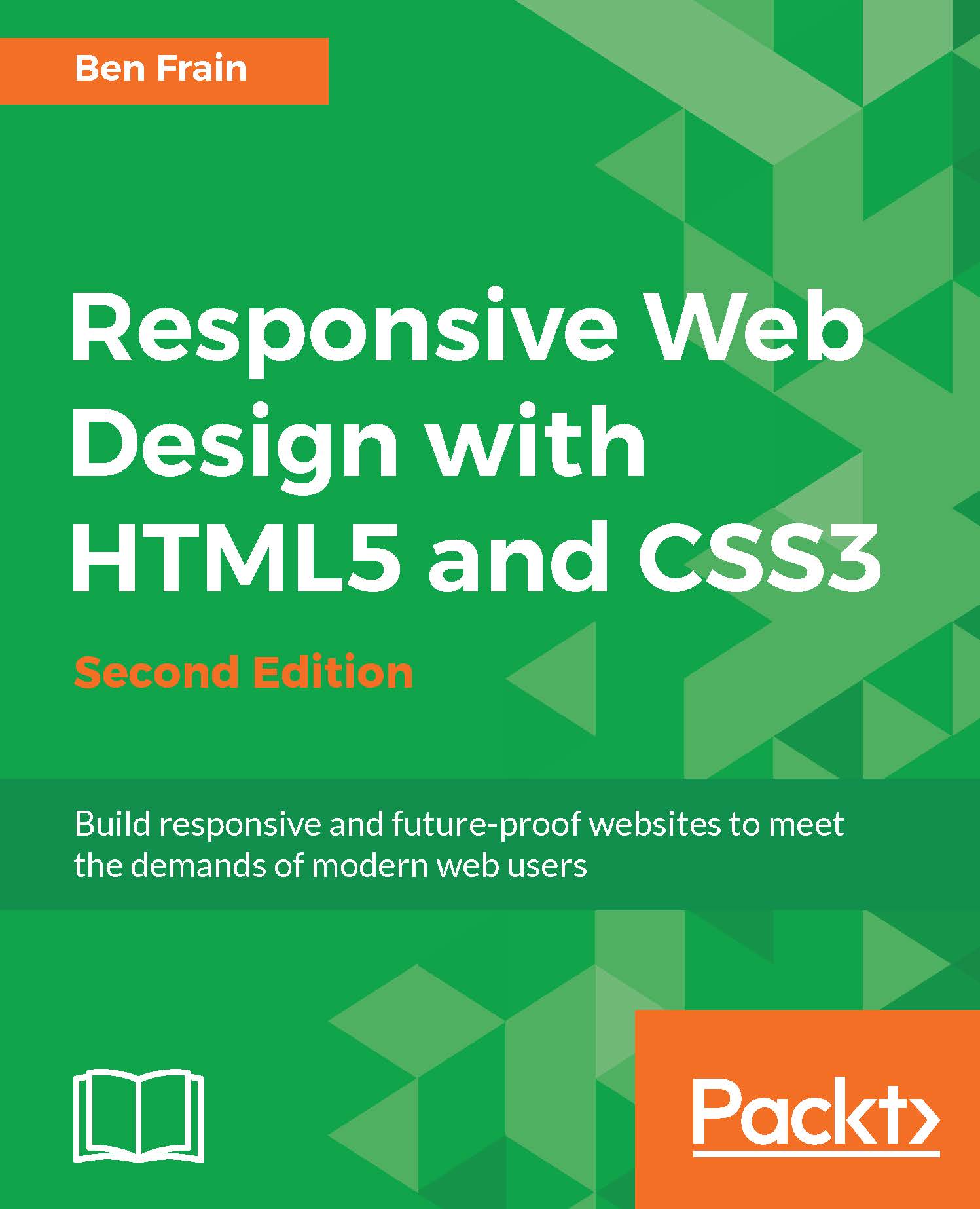Chapter 1. The Essentials of Responsive Web Design
Only a few years ago, websites could be built at a fixed width, with the expectation that all end users would get a fairly consistent experience. This fixed width (typically 960px wide or thereabouts) wasn't too wide for laptop screens, and users with large resolution monitors merely had an abundance of margin either side.
But in 2007, Apple's iPhone ushered in the first truly usable phone browsing experience, and the way people access and interact with the Web changed forever.
In the first edition of this book, it was noted that:
"in the 12 months from July 2010 to July 2011, global mobile browser use had risen from 2.86 to 7.02 percent."
In mid-2015, the same statistics system (gs.statcounter.com) reported that this figure had risen to 33.47%. By way of comparison, North America's mobile figure is at 25.86%.
By any metric, mobile device usage is rising ever upwards, while at the other end of the scale, 27 and 30 inch displays are now also commonplace. There is now a greater difference between the smallest and the largest screens browsing the Web than ever before.
Thankfully, there is a solution to this ever-expanding browser and device landscape. A responsive web design, built with HTML5 and CSS3, allows a website to 'just work' across multiple devices and screens. It enables the layout and capabilities of a website to respond to their environment (screen size, input type, device/browser capabilities).
Furthermore, a responsive web design, built with HTML5 and CSS3, can be implemented without the need for server based/back-end solutions.



 Free Chapter
Free Chapter
